
Teaching music to kids can be a rewarding experience for both the teacher and the student. Music education can help children develop skills that extend far beyond playing an instrument, such as discipline, focus, and creativity. However, finding the right approach to teaching music can be challenging, particularly for those who are new to the field.
One popular method for teaching music to children is the Suzuki Method, which emphasizes early learning and a nurturing, supportive environment. This method is particularly effective for young children, as it encourages a natural, intuitive approach to learning music.
Another important consideration when teaching music to kids is the age at which they should start lessons. While some children may be ready to begin piano or guitar lessons as early as age three or four, others may benefit more from waiting until they are a bit older.
The most important thing when teaching music to kids is to make it enjoyable and engaging. By creating a positive and supportive environment, educators can help students develop a lifelong love of music.
Make It Fun
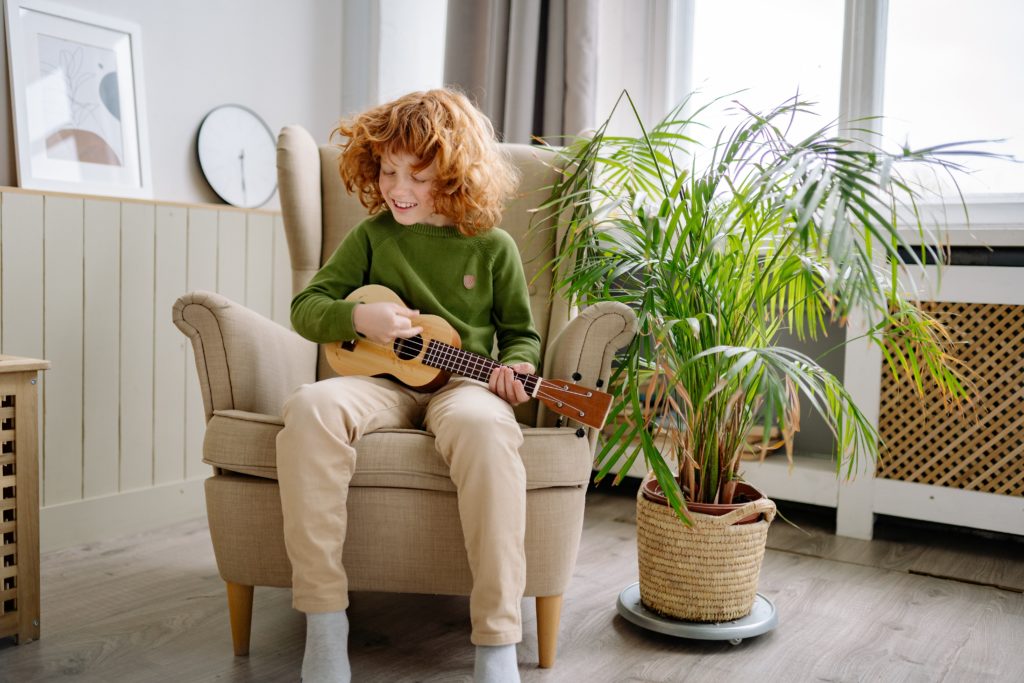
Making music fun is key to engaging children and keeping them interested in learning. Incorporating music games and activities into your teaching can help to make the learning process more interactive and enjoyable.
One fun activity that can be incorporated into music lessons is musical chairs. Instead of using chairs, use musical instruments, and have the children play a piece of music. When the music stops, the child without an instrument is out, and the game continues until there is one winner.
Another fun activity is to use musical puzzles. You can create puzzles that require children to match music notes, identify different instruments, or put together a melody. This not only helps to improve their listening skills but also enhances their understanding of music theory.
Making music fun is essential when teaching children. By incorporating games and activities, educators can create a positive and engaging learning environment that fosters a love of music in their students.
Start With The Basics

When teaching music to children, it’s important to start with the basics. By teaching the fundamental elements of music, such as rhythm, melody, and harmony, educators can help children develop a strong foundation that they can build upon as they progress.
One effective way to teach the basics of music is through the use of rhythm exercises. Clapping, tapping, or using percussion instruments to create rhythms can help children develop a strong sense of timing and coordination.
Another important element of music is melody. Teaching children simple melodies can help them understand the structure of music and develop their ability to recognize different notes and patterns.
Harmony is also an essential aspect of music. Teaching children to recognize harmonies and how different notes and chords work together can help them develop a deeper understanding of music theory.
Starting with the basics of music is crucial when teaching children. By establishing a strong foundation, educators can help children develop the skills and knowledge they need to become proficient musicians.
Use Visuals
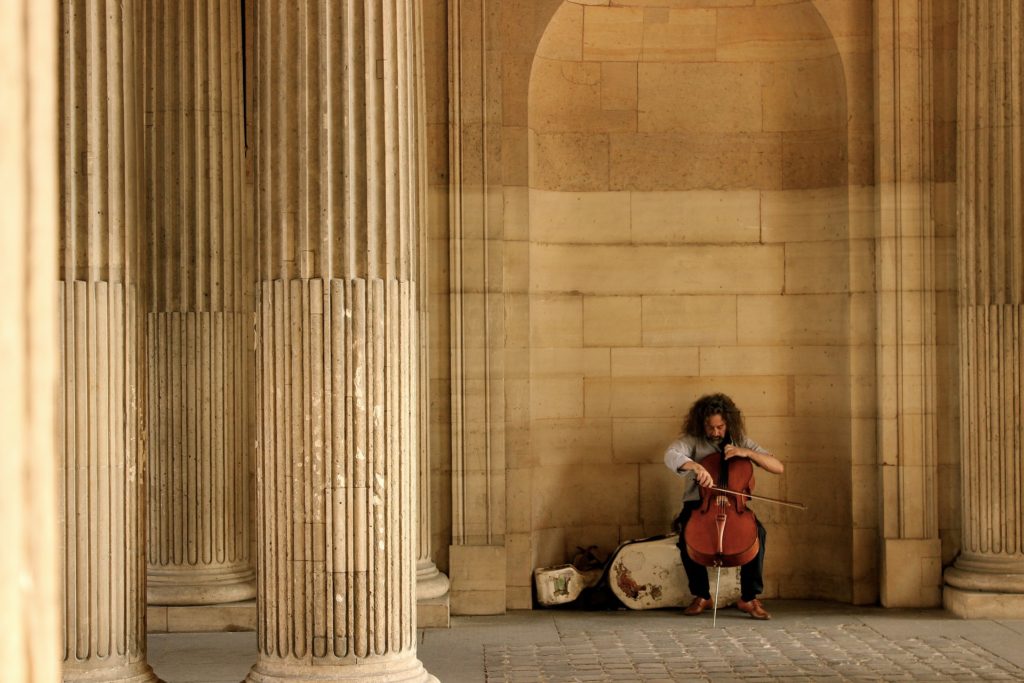
Visual aids can be incredibly helpful when teaching music to children. Incorporating posters, charts, and videos can help children understand and visualize musical concepts, making the learning process more accessible and engaging.
One effective way to use visuals in music education is through the use of posters. Posters can be used to display music theory concepts, such as notes and chords, in a clear and easy-to-understand manner. They can also be used to display information about different instruments and music genres.
Charts are another useful visual aid. They can be used to show the structure of a piece of music or to display the different elements of music, such as melody and harmony. By using charts, children can better understand the organization of music and how different elements work together.
Finally, videos can be a powerful tool for teaching music to children. Educational videos can be used to show children different instruments and how they are played, or to introduce them to different music genres.
Incorporating visual aids into music education can help children better understand and appreciate music. By presenting information clearly and visually, educators can help children develop a deeper understanding of music theory and increase their engagement with the subject.
Provide Hands-on Experience
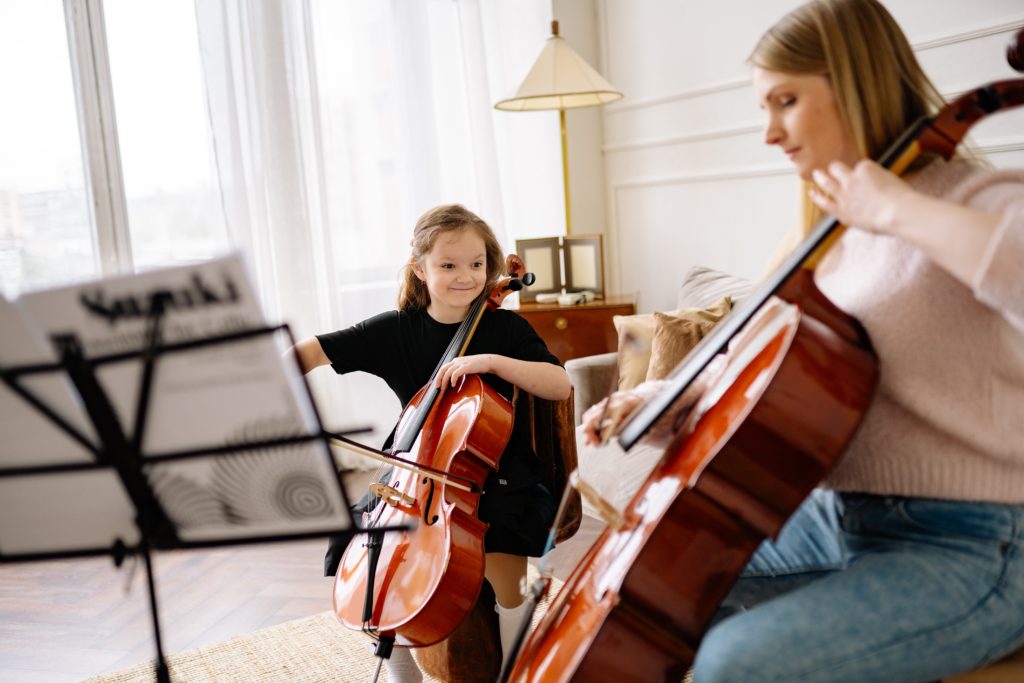
Providing hands-on experience is a crucial aspect of teaching music to children. Allowing children to touch and play instruments, and encouraging them to experiment with sounds and rhythms, can help to foster a love of music and a sense of creativity in their learning.
One effective way to provide hands-on experience is through the use of classroom instruments. By giving children access to a variety of instruments, such as drums, keyboards, and guitars, educators can provide them with the opportunity to explore different sounds and rhythms and develop their musical skills.
Another way to provide hands-on experience is to encourage children to create their own music. This can be done through simple activities, such as clapping and singing, or through more complex exercises, such as composing their own melodies.
Providing hands-on experience is essential when teaching music to children. By allowing them to touch and play instruments and encouraging them to experiment with sounds and rhythms, educators can help children develop a love of music and a sense of creativity that they can carry with them throughout their lives.
Sing Together
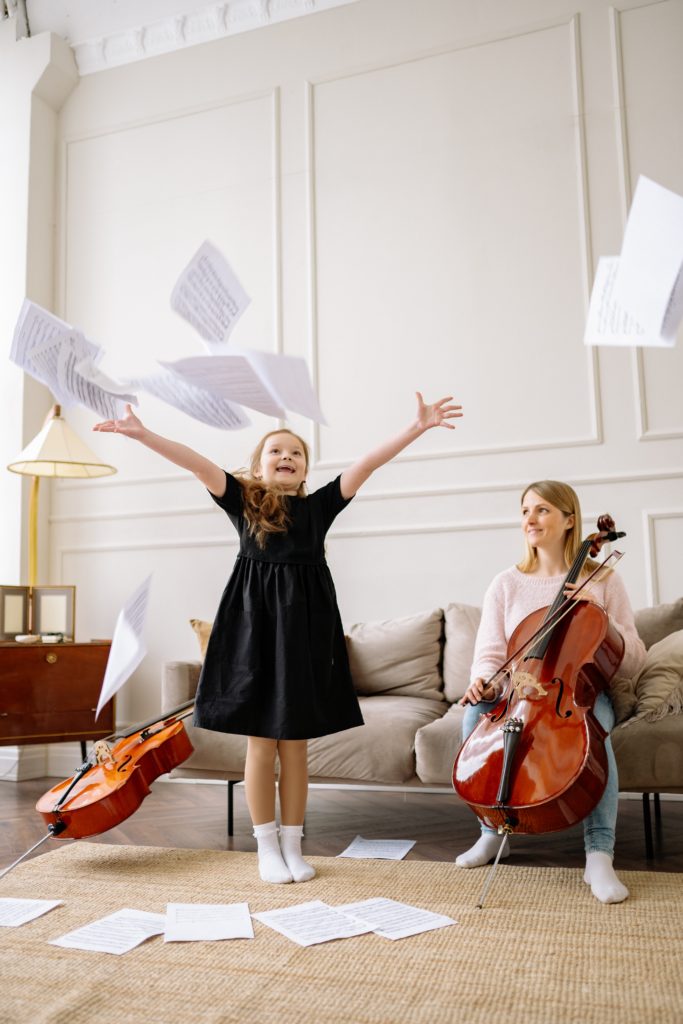
Singing together is a powerful tool for teaching music to children. It is a fun and engaging way to build a sense of community and help children develop their singing skills.
One of the most significant benefits of singing together is that it helps children learn to sing in tune. When singing in a group, children can hear the notes and adjust their pitch accordingly, helping them develop their ear for music.
Singing together also helps to build a sense of community and encourages teamwork. When children sing together, they learn to work as a team and support one another, fostering a sense of collaboration and mutual respect.
Finally, singing together is simply a fun activity for children. It allows them to express themselves creatively and helps to build their confidence and self-esteem.
Singing together is an effective and enjoyable way to teach music to children. By providing them with opportunities to sing in a group, educators can help children develop their singing skills, build a sense of community, and foster a love of music that will stay with them throughout their lives.
Create Opportunities For Performance

Creating performance opportunities is a crucial aspect of teaching music to children. Giving children the chance to perform in front of their peers or family members can help to build their confidence and showcase their progress.
One way to create performance opportunities is through the use of recitals. By holding regular recitals, educators can provide children with a chance to showcase their progress and build their confidence in front of a supportive audience.
Another way to create performance opportunities is through classroom performances. By allowing children to perform for their classmates, educators can help to build a sense of community and provide a low-pressure environment for children to develop their performance skills.
Creating performance opportunities is essential when teaching music to children. By giving them the chance to perform, educators can help children develop their confidence and showcase their progress, encouraging them to continue to pursue music and develop their skills throughout their lives.
Encourage Creativity

Encouraging creativity is an essential part of teaching music to children. By encouraging children to create their own music and express themselves through different musical genres, educators can help to foster a love of music and inspire children to pursue their musical interests.
One way to encourage creativity is to provide children with opportunities to compose their own music. By allowing them to experiment with different melodies, rhythms, and instruments, educators can help children develop their own unique musical style.
Another way to encourage creativity is to expose children to a variety of musical genres. By introducing them to different styles of music, such as classical, jazz, and rock, educators can help children discover their musical interests and develop their own unique voice.
Encouraging creativity is essential when teaching music to children. By giving them the freedom to explore and express themselves through music, educators can help children develop a lifelong love of music and inspire them to pursue their musical interests in the future.
Make Connections To Real-life Situations
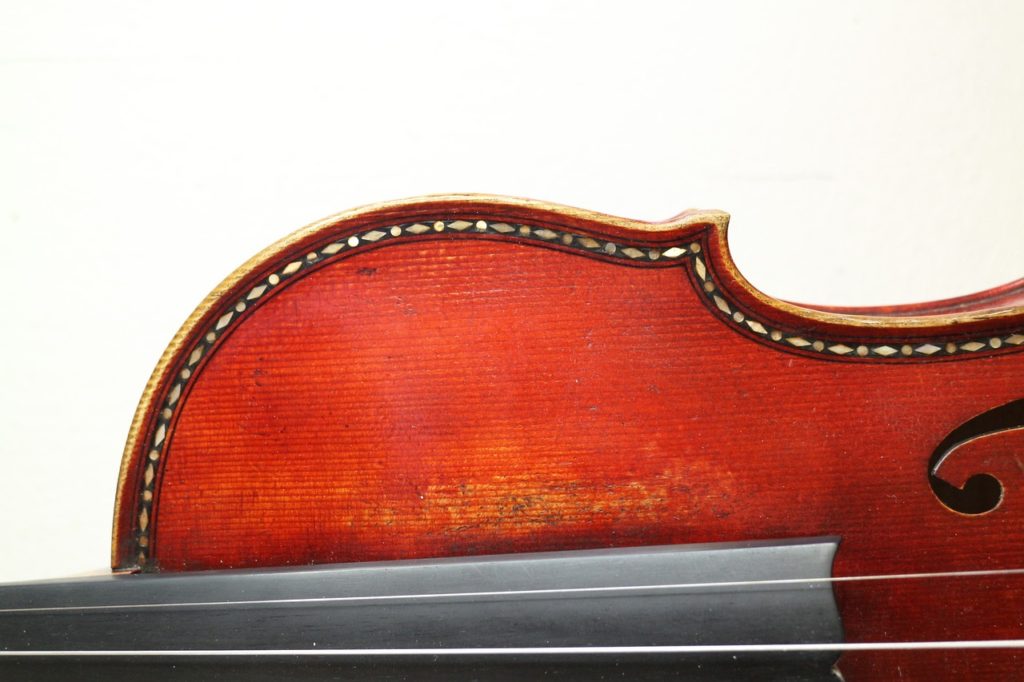
Making connections to real-life situations is an effective way to engage children when teaching music. By helping children connect what they are learning in music class to their everyday lives, such as the music they hear on the radio or at home, educators can help children see the relevance of what they are learning and develop a deeper appreciation for music.
One way to make these connections is to incorporate popular music into lessons. By analyzing the musical elements of popular songs, educators can help children see the connections between what they are learning in class and the music they enjoy listening to outside of class.
Another way to make connections to real-life situations is to teach children about the cultural and historical context of different types of music. By exploring the roots of different musical styles, educators can help children develop a deeper understanding and appreciation for different types of music.
Making connections to real-life situations is an effective way to engage children when teaching music. By helping them see the relevance of what they are learning, educators can inspire children to develop a lifelong love of music and pursue their musical interests in the future.
Teach Music Theory

Teaching music theory is an essential part of helping children develop their musical skills. As children progress in their musical studies, it is important to introduce them to basic music theory concepts such as notation and reading sheet music.
One way to teach music theory is to incorporate it into lessons on instrument technique. By teaching children how to read sheet music and understand musical notation, educators can help children develop their skills and become more proficient on their instruments.
Another way to teach music theory is through group activities and games. By incorporating fun and engaging activities, educators can help children learn music theory concepts in a way that is both enjoyable and effective.
Teaching music theory is important because it helps children develop a deeper understanding and appreciation of music. By introducing them to concepts such as notation and reading sheet music, educators can help children become more confident and proficient musicians, and inspire them to continue to pursue their musical interests throughout their lives.
Make It Relevant
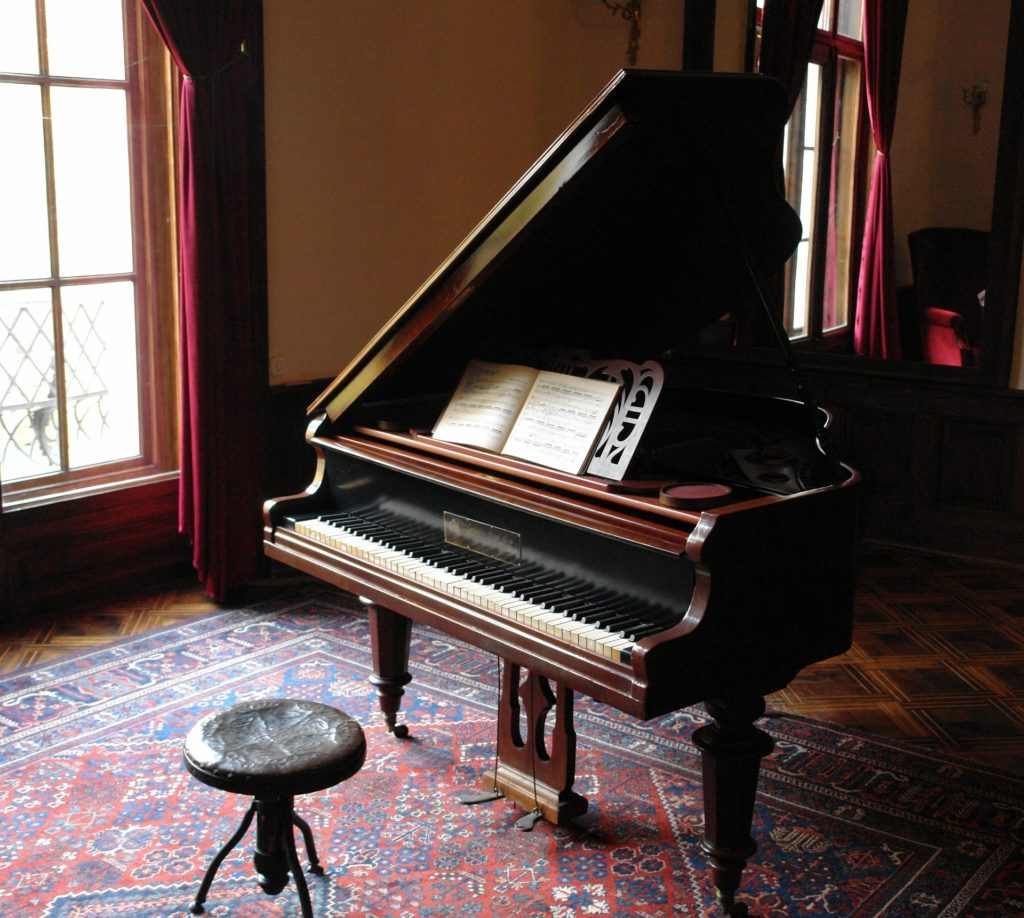
Making music relevant to children’s interests and culture is a great way to keep them engaged and motivated to learn. By choosing music that is relevant to their interests and culture, educators can create a positive and engaging learning environment that encourages children to explore and develop their musical abilities.
One way to make music relevant is to incorporate songs and styles of music that are popular among children. By introducing them to music that they enjoy listening to outside of class, educators can help children develop a deeper appreciation for music and inspire them to pursue their musical interests.
Another way to make music relevant is to incorporate cultural and historical context into lessons. By teaching children about the history and cultural significance of different types of music, educators can help them develop a deeper understanding and appreciation for music from different parts of the world.
Making music relevant is important because it helps children see the connections between music and their own lives. By incorporating music that is relevant to their interests and culture, educators can help children develop a lifelong love of music and inspire them to pursue their musical interests in the future.
Want to help your child develop the habit to practice every day? Learn more about our app here!
